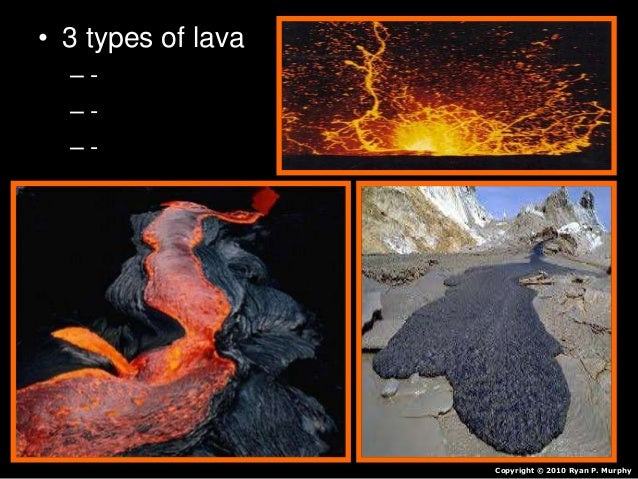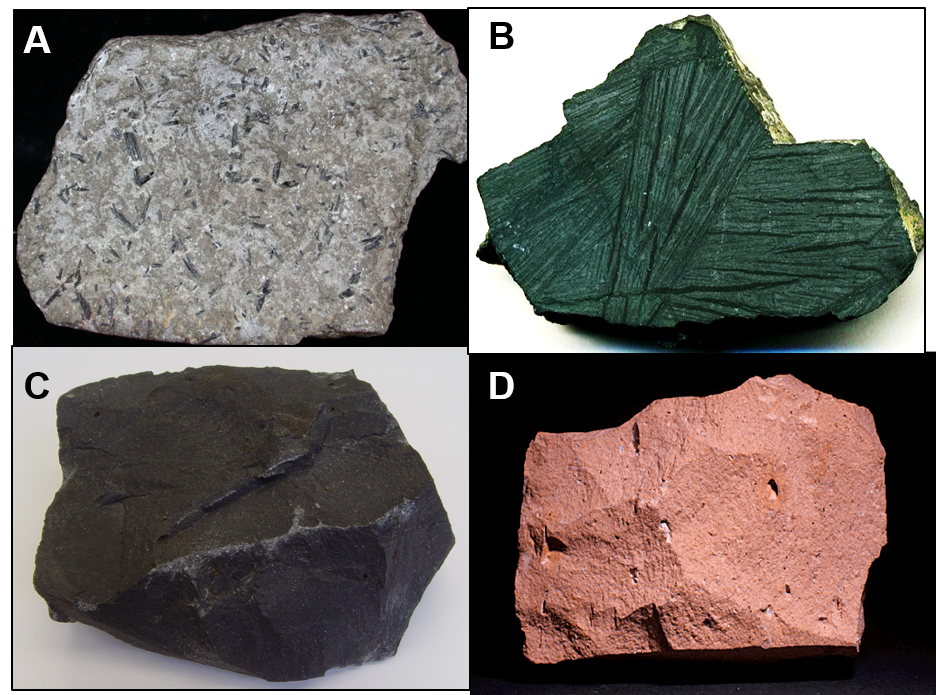
B., 1980, Stress in the lithosphere, Jour. Washington, D.C.: American Geophysical Union (Monograph 36), 117–160. Heard, eds., Mineral and Rock Deformation: Laboratory Studies. L., 1986, Experimental deformation of rocksalt, in B. Rock Mechanics, Montreux Switzerland, 3, 97–106. Handin, J., and Carter, N., 1980, Rheological properties of rocks at high temperatures, 4th Int. Boulder, Colo.: Geological Society of America (Mem. Clark, ed., Handbook of Physical Constants. Handin, J., 1966, Strength and ductility, in S. D., 1965, Quartz: anomalous weakness of synthetic crystals, Science 147, 292–295. Griggs, D., 1967, Hydrolytic weakening of quartz and other silicates, Geophys. Mechanics and Physics Solids 19, 77–83.Įlliot, D., 1973, Diffusion-flow laws in metamorphic rocks, Geol. E., 1954, Some fundamental experiments on high-temperature creep, Jour. H., 1978, Transient creep and semibrittle behavior of crystalline rocks, Pure and Appl. Stearns, eds., Mechanical Behavior of Crustal Rocks, Washington, D.C., American Geophysical Union (Monograph 24), 61–82.Ĭarter, N. L., 1981, Creep and creep rupture of granitic rocks, in N. L., 1976, Steady-state flow of rocks, Rev. Clark, Jr., ed., Handbook of Physical Constants. The layer closest to this plate will thus move with the maximum velocity.Birch, F., 1966, Elastic constants, in S. Also, the plate in between the two plates, is moving ahead with a constant speed of 1 m s − 1. Solution: B) The two horizontal plates are at rest.

Therefore we may write: η = dynes cm -2 sec or the units of viscosity are dynes sec cm -2.
#Definition of viscosity in geology download#
You can download Mechanical Properties of Fluids Cheat Sheet by clicking on the download button belowīrowse more Topics under Mechanical Properties Of Fluids Hence the coefficient of viscosity may be defined as the force of friction required to maintain a velocity difference of 1 cm/sec between two parallel layers, 1 cm apart and each having an area of 1 sq cm. If dx =1, A = 1 sq cm dv = 1 cm/sec, then f = η. Where η is a constant known as the coefficient of viscosity and dv/dx is called velocity gradient.

The force of friction f between two layers each having area A sq cm, separated by a distance dx cm, and having a velocity difference of dv cm/sec, is given by: Viscosity is the force of friction which one part of the liquid offers to another part of the liquid. In other words, every layer offers some resistance or friction to the layer immediately below it. As we move from the centre towards the walls, the velocity of the layers keeps on decreasing. It is a type of flow with a regular gradation of velocity in going from one layer to the next. As we move from the wall towards the centre of the tube, the velocity of the cylindrical layers keeps on increasing till it is maximum at the centre. The layers which are in contact with the walls of the tube are almost stationary. Imagine the liquid to be made up of a large number of thin cylindrical coaxial layers. All parts of the liquids do not move through the tube with the same velocity. Hence, they are less viscous or have low viscosity.Ĭonsider a liquid flowing through a narrow tube. This is because of the weak intermolecular forces. The liquids which flow rapidly have a low internal resistance. Therefore, these liquids are more viscous and have high viscosity.

This is because of the strong intermolecular forces. The liquids which flow slowly, have high internal resistance. It is the internal resistance to flow possessed by a liquid.


 0 kommentar(er)
0 kommentar(er)
